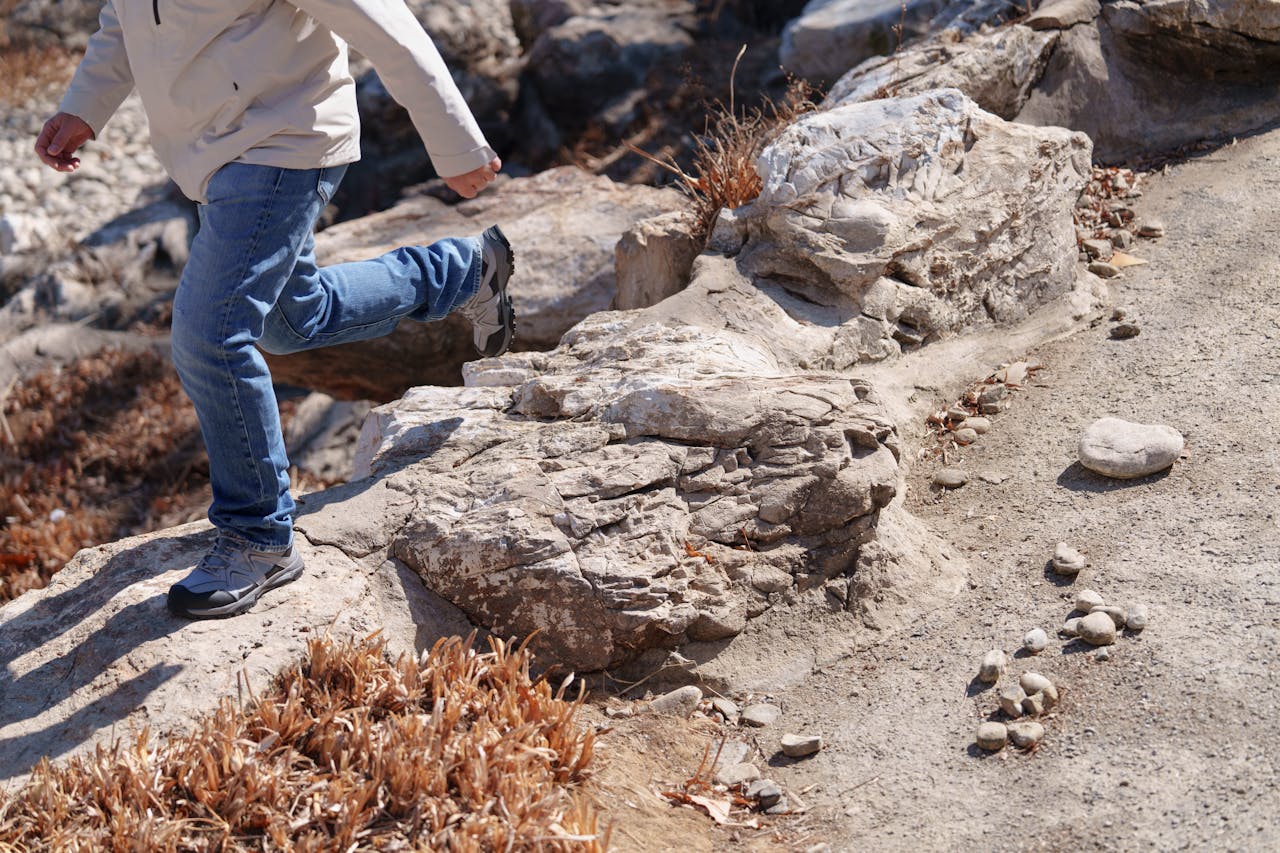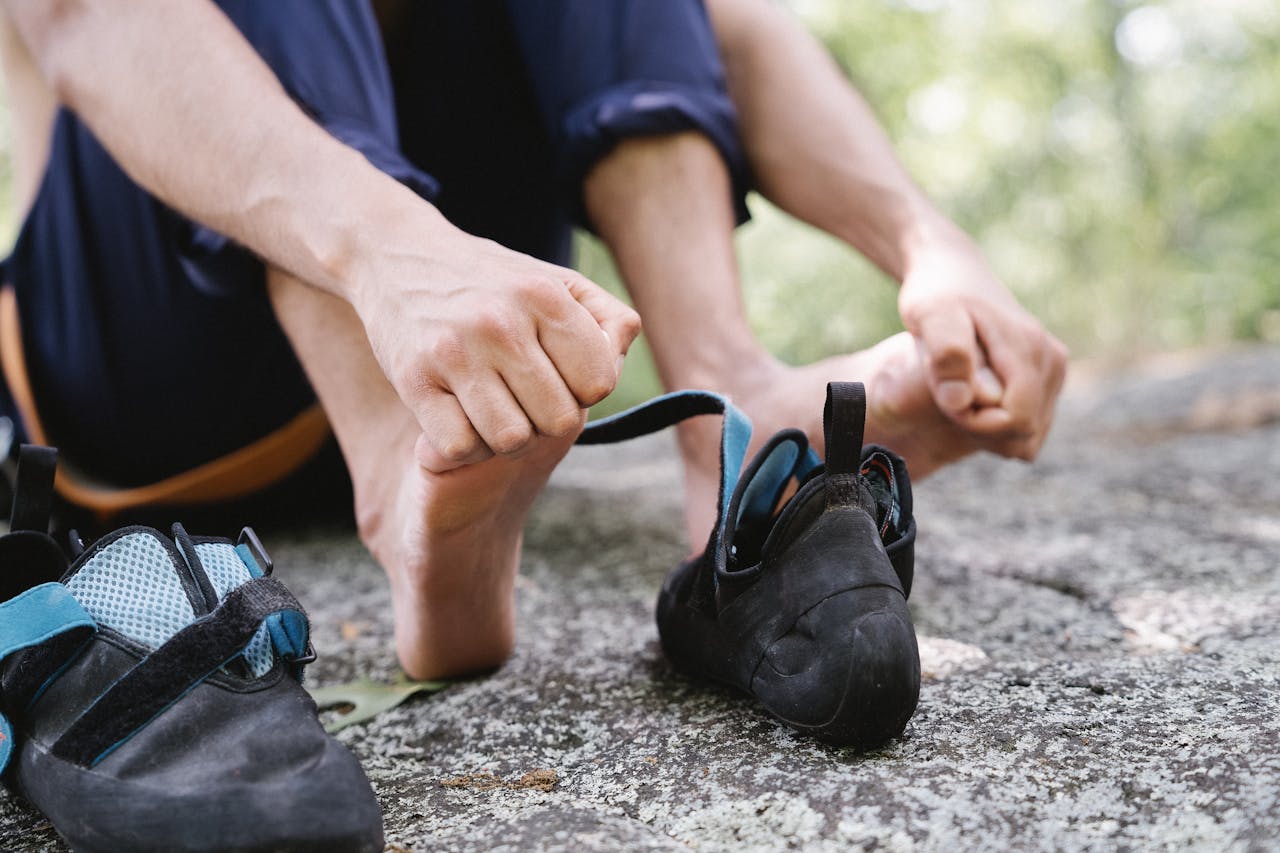Great hiking shoes should disappear on your feet. The right pair gives you grip on wet rock, cushion on long descents, and enough support that your ankles are not doing all the work. In 2025, brands refined cushioning foams, upgraded traction compounds, and added more wide sizes. That means you can find a shoe that matches how you hike, not the other way around.
This guide narrows the field to models that consistently test well for stability, traction, and comfort across mixed terrain. We grouped picks by the kind of hiking teens and families actually do, from rainy day trail loops to long summer traverses. Every recommendation is backed by recent, reputable testing from outdoor reviewers and retailer data, and we explain in plain English why the shoe shines.
How we tested
We weighed four traits: fit, traction, protection, and durability. Fit comes first. A secure heel with toe room prevents blisters on climbs and descents. Traction is next, since the rubber pattern and compound determine whether you feel planted on wet roots or loose scree. Protection covers rock plates, toe caps, and lateral support so sharp edges and sidehills do not ruin your day. Durability matters because midsole foams and outsoles compress and wear down. Guidance from specialty retailers says many hiking shoes feel done around 300 to 500 miles, while burlier boots may last longer if they can be resoled. Plan your replacement cycle around your mileage rather than calendar months.
All around winners for most hikes

These are the shoes that suit day hikes on dirt, mixed rock, and occasional mud, while staying comfortable for errands on the way home.
- Hoka Anacapa 2 Low GTX: Plush cushioning with surprising stability, plus a waterproof membrane for shoulder season slop. Recent testing found the Anacapa 2 comfortable out of the box and durable through wet spring and fall miles, which is exactly when a lot of us hike. If your heels get sore on long descents, this cushy platform helps.
- Salomon X Ultra 5 GTX: The newest version of this long-time favorite keeps the quick handling feel many hikers love. Reviewers highlighted its upgraded durability and capable traction on sand, slab, and packed dirt. If you hike fast and want a shoe that edges like a reinforced trail runner, start here. The still widely available X Ultra 4 remains a strong value if you find it on sale.
- Merrell Moab 3: A perennial budget pick that now comes in multiple widths. It is not the lightest shoe in this list, but it fits a wide range of feet and delivers a reliable grip with a Vibram outsole. For teens and beginners building miles on well-marked trails, the Moab 3 is a friendly, affordable start.
Wet weather and sloppy trails
When the forecast looks sketchy or you hike where puddles live year-round, waterproof low tops with confidence-boosting traction are worth it.
- La Sportiva Spire GTX: Think of this as a low-cut boot in hiking shoe form. It uses a surround-style waterproof membrane that vents better than older liners, and it feels planted on wet roots and rock. It is heavier than runner-style shoes, but serious day hikers will appreciate the support on rough ground.
- Salomon X Ultra 5 Mid GTX: If you prefer a little more ankle coverage without going full boot, the mid-cut X Ultra 5 adds protection and keeps weight competitive. Testers note a firm, stable ride that suits muddy traverses and wet forest loops. Great pick for spring and late fall.
Light and fast on dry trails

If you favor speed or long warm weather days where breathability matters, these shoes trade waterproof liners for airflow and flex.
- Altra Lone Peak 8: Zero drop with a roomy toe box that lets feet splay naturally, plus a flexible feel that makes long desert trails less tiring. The latest version improved upper durability with tougher mesh and reinforced hot spots. If you like natural foot motion and wide forefeet, you will feel the difference immediately.
- Adidas Terrex Swift R3 (non-GTX): Grippy rubber and a firm platform that feels agile on dry, rocky paths. The fit runs a bit snug, so consider a half size up if you will wear thicker socks. Great summer day hike shoe when weight and breathability matter more than waterproofing.
Rocky, technical, or backpacking light
For steeper terrain, talus, or when you carry a pack but do not want a full boot, prioritize underfoot protection and torsional support.
- La Sportiva Spire GTX: Worth repeating here because it is one of the few hiking shoes that holds up like a light boot on rocky passes. The supportive chassis and wraparound rand keep your feet from taking hits on sharp edges.
- Salomon X Ultra 5 GTX: The lower cut version is still stable enough for light overnight loads thanks to a supportive chassis and secure midfoot wrap. Pair with a stiffer insole if you want even more rock protection.
- Scarpa Rush 2 GTX: A slightly stiffer platform with solid toe protection. It feels confidence-inspiring on granite steps and loose sidehills, and the outsole rubber is sticky without wearing out immediately.
Wide feet, big value, or entry level
If you are shopping your first real pair or need a wide size that still grips, these models make it easy.
- Merrell Moab 3: Available in wide, with a forgiving fit and proven outsole. Recent updates improved the insole and midsole comfort compared with the older Moab 2. For students and families, this shoe hits the sweet spot of price and performance.
- Hoka Anacapa 2 Low GTX: Not labeled as a true wide for every size, but the platform is generous and the cushioning helps if you hike on hardpacked paths or pavement connectors. Try it if you want a supportive feel without a boot.
Fit, care, and when to replace

Fit beats features. Shop late in the day when your feet are slightly swollen, then lace up the socks you actually hike in. You want a locked heel, snug midfoot, and one thumb of space in front of your longest toe so downhills do not bruise nails. If the heel rubs in the store, it will rub worse on the trail.
Break-in is mostly about your foot learning the shoe. Today’s hiking shoes should feel good on day one. Give them an hour on sidewalks and a short trail walk before committing to a big day. After hikes, pull the insoles to dry, stuff shoes with newspaper to pull out moisture, and avoid direct heat that can cook glue and membranes.
For replacement, use miles and feel. Most hiking shoes feel tired between 300 and 500 miles, because midsoles lose rebound and outsoles flatten. If you feel new aches in your knees or heels after normal hikes, or you can fold the shoe in half with little resistance, you are due. Heavier-duty low tops can stretch longer, while ultralight models hit the replacement window sooner. Keeping rough mileage in a notes app helps you stay ahead of surprise aches.
Quick picks by situation
- Mostly dry trails, lots of miles: Altra Lone Peak 8
- Wet forests and shoulder seasons: Hoka Anacapa 2 Low GTX or Salomon X Ultra 5 Mid GTX
- Rocky day hikes or light backpacks: La Sportiva Spire GTX
- Best budget and wide sizes: Merrell Moab 3
- One shoe to do it all: Salomon X Ultra 5 GTX
Sources
- REI Co-op, “Hiking Boots vs. Hiking Shoes: What’s the Difference,” April 2024. https://www.rei.com/learn/expert-advice/hiking-boots-hiking-shoes.html REI
- SectionHiker, “When Should You Replace Trail Runners Used for Hiking,” July 2025. https://sectionhiker.com/when-should-you-replace-trail-runners-used-for-hiking-and-backpacking/ Section Hiker
- OutdoorGearLab, “Best Hiking Shoes of 2025,” July 2025. https://www.outdoorgearlab.com/topics/shoes-and-boots/best-hiking-shoes Outdoor Gear Lab
- Switchback Travel, “Best Hiking Shoes of 2025,” July 2025, and “Salomon X Ultra 4 GTX Review,” 2024. https://www.switchbacktravel.com/best-hiking-shoes and https://www.switchbacktravel.com/reviews/salomon-x-ultra-4-gtx Switchback Travel+1


